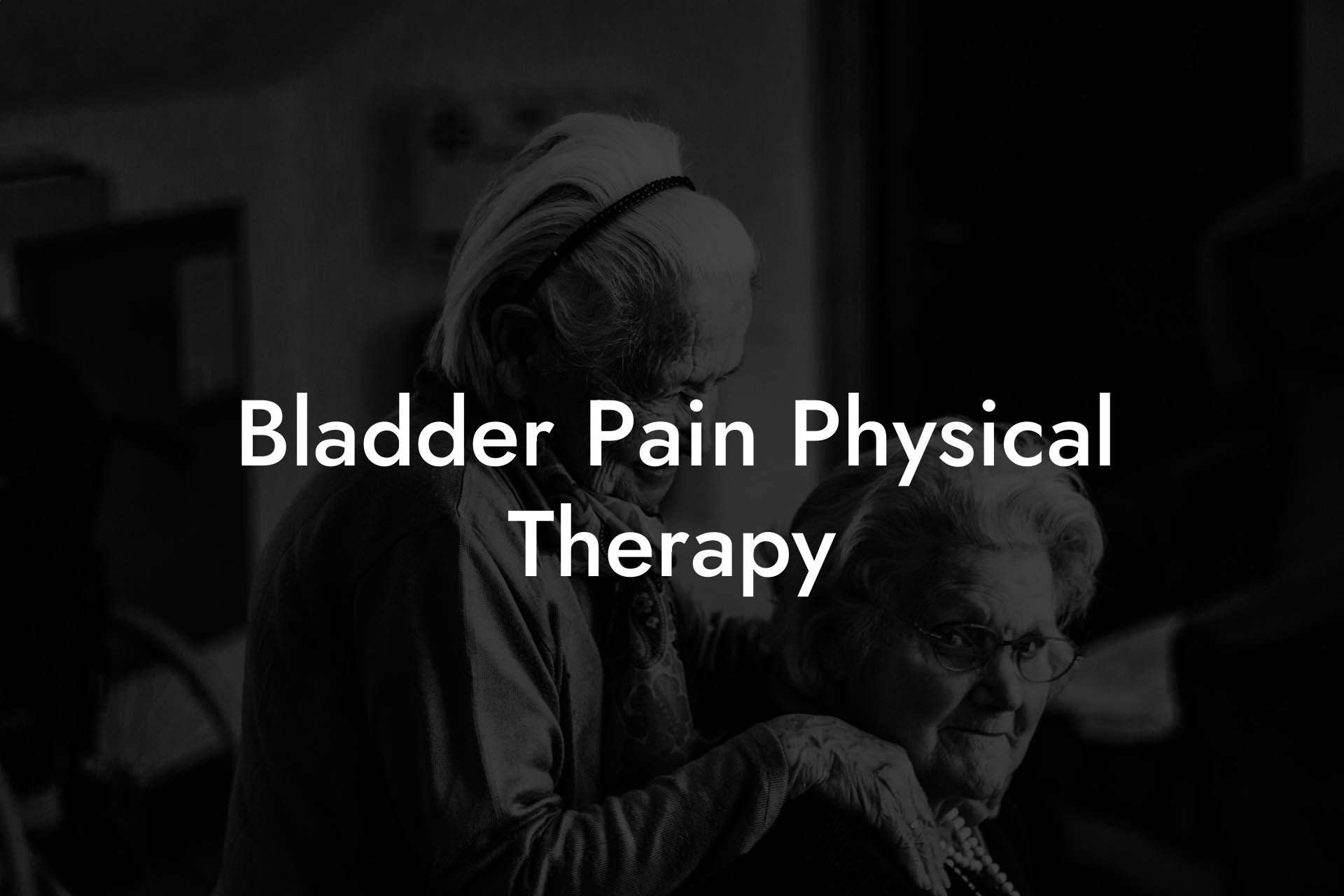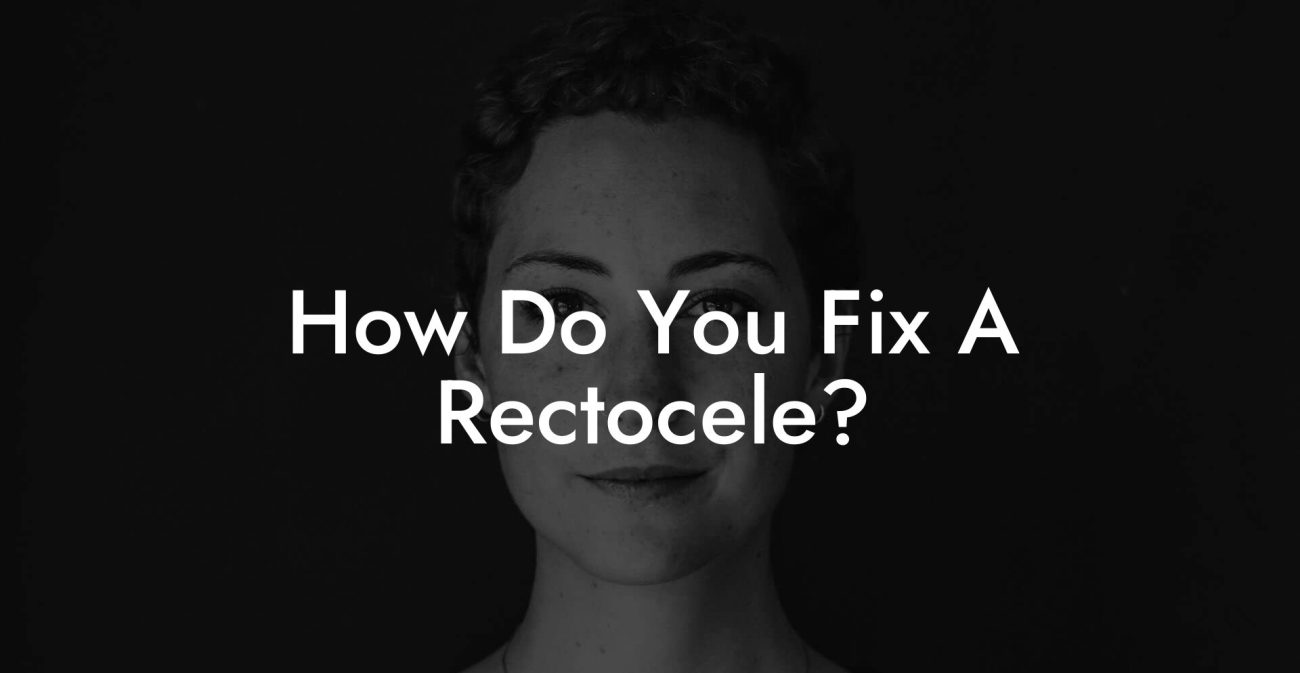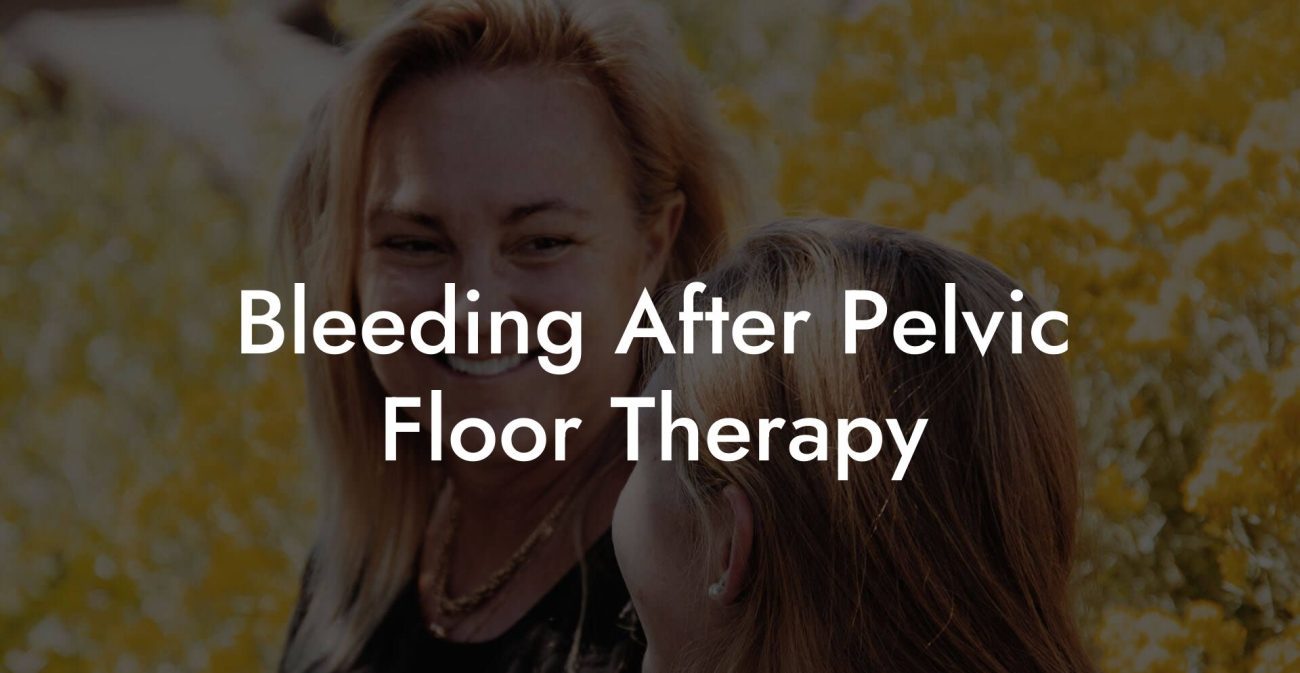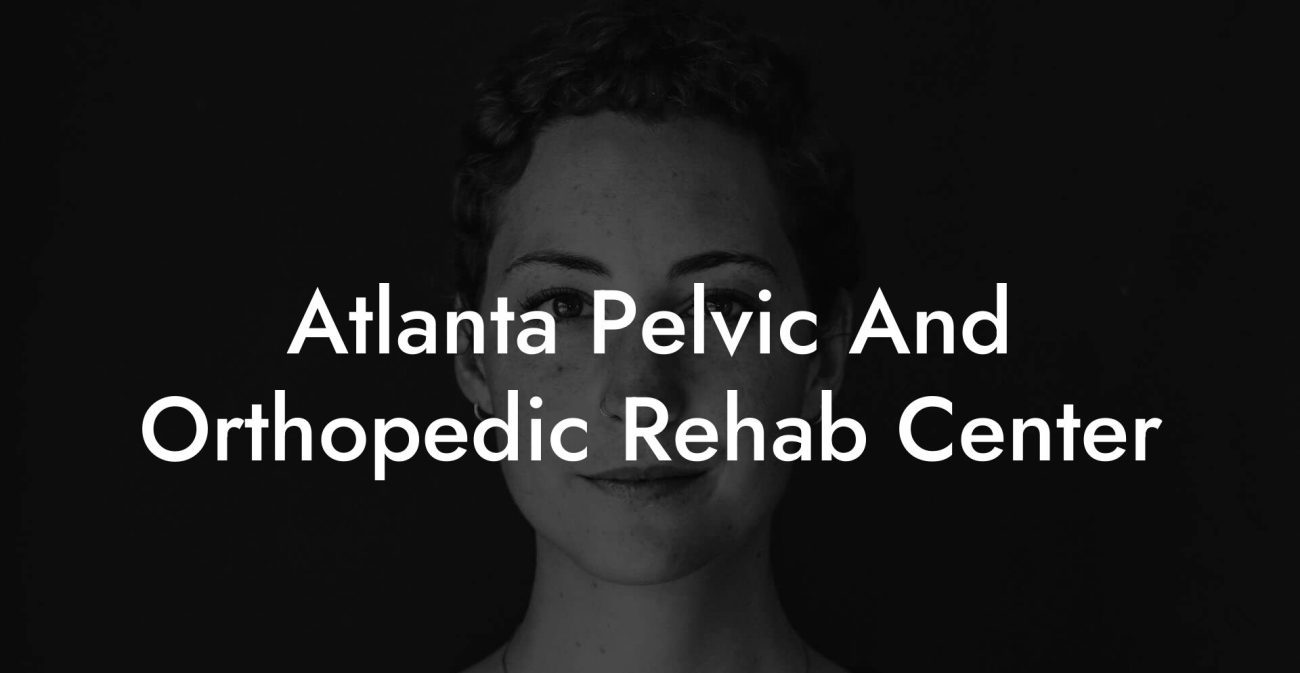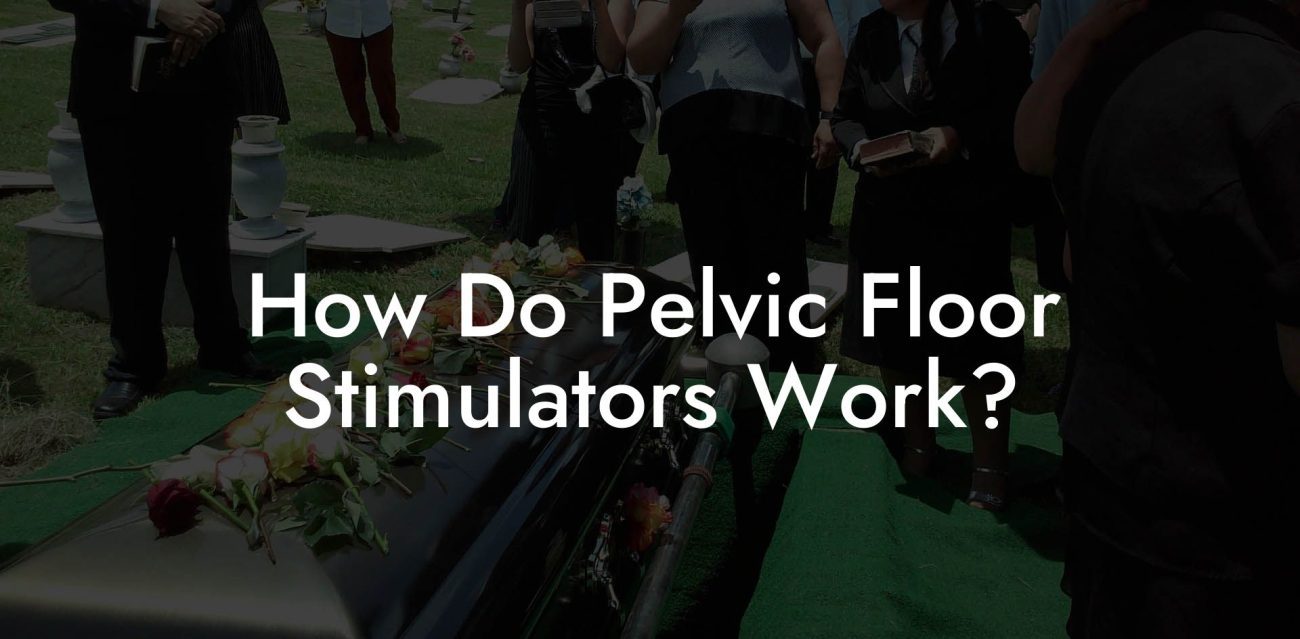Bladder pain can have a significant impact on your quality of life. The pain and discomfort caused by various conditions, such as interstitial cystitis or bladder infections, can affect your ability to work, enjoy activities, and maintain healthy relationships. Fortunately, bladder pain physical therapy is an effective, non-invasive treatment option that can help manage and reduce pain, promote healing, and improve overall bladder function. In this comprehensive guide, we will delve into the different techniques used in bladder pain physical therapy, including tailored exercises, therapies, and lifestyle changes, to provide relief and aid recovery.
What is Bladder Pain Physical Therapy?
Bladder pain physical therapy is a specialized treatment plan developed by a trained physiotherapist to address issues relating to the muscles, ligaments, and fascia surrounding the bladder. This type of therapy is particularly focused on the pelvic floor muscles which support the bladder, uterus, and rectum. By strengthening these muscles and addressing any adhesions or imbalances, bladder pain physical therapy aims to provide relief from the pain and discomfort associated with various bladder conditions.
Techniques Used in Bladder Pain Physical Therapy
pelvic floor exercises
One of the primary aims of bladder pain physical therapy is to strengthen the pelvic floor muscles. These muscles play a crucial role in supporting the bladder and controlling urinary functions. pelvic floor exercises, often referred to as kegel exercises, involve the contraction and relaxation of these muscles. kegel exercises can help improve bladder control, reduce urinary urgency, and alleviate pain and pressure associated with bladder issues.
Manual Therapy
Manual therapy techniques, such as trigger point release or myofascial release, can be used by a skilled physiotherapist to reduce pain and discomfort caused by tight muscles or fascial adhesions surrounding the bladder. Gentle pressure is applied to tense muscles and fascia to help them release and relax, promoting a more balanced state and reducing pain.
Biofeedback
Biofeedback is a technique that helps you gain control over involuntary bodily functions, such as muscle tension and pain. Under the guidance of a therapist, sensors are used to measure muscle activity in the pelvic floor. This feedback is then displayed on a monitor, helping you understand how your muscles are working and what changes need to be made for optimal function. By better understanding your body’s responses, you can learn to control and manage your bladder pain more effectively.
Example
Suzanne, a 42-year-old mother of two, had been experiencing chronic bladder pain for years. The pain had become so unbearable that it interfered with her daily life, making it difficult for her to work and spend time with her family. After countless doctor visits and failed treatments, she decided to try bladder pain physical therapy.
Suzanne's treatment plan included a combination of tailored pelvic floor exercises, manual therapy, and biofeedback to help strengthen her pelvic muscles, release muscle tension, and gain control over her pain. Within a few months, she noticed significant improvements in her pain levels and bladder function.
Bladder pain physical therapy is an effective, non-invasive way to manage and reduce chronic pain while promoting healing and improving bladder function. By combining personalized exercises, therapies, and lifestyle changes, bladder pain can be effectively managed, allowing you to regain control over your life. If you suffer from bladder pain or dysfunction, consider discussing physical therapy options with your healthcare provider and exploring the wealth of information available on Pelvic Floor Therapy to help guide you on your journey to recovery. Don't forget to share this article with others who may benefit from the information and explore more guides on pelvic floor therapy.

